KB5015878: All you need to know about this Windows 10 update
5 min. read
Published on
Read our disclosure page to find out how can you help Windows Report sustain the editorial team. Read more
Key notes
- The most recent Windows 11 cumulative update is now out for users.
- Microsoft manages to fix the dreaded DX12 video playback problem.
- Check out the entire changelog and see what's new with KB5015878.
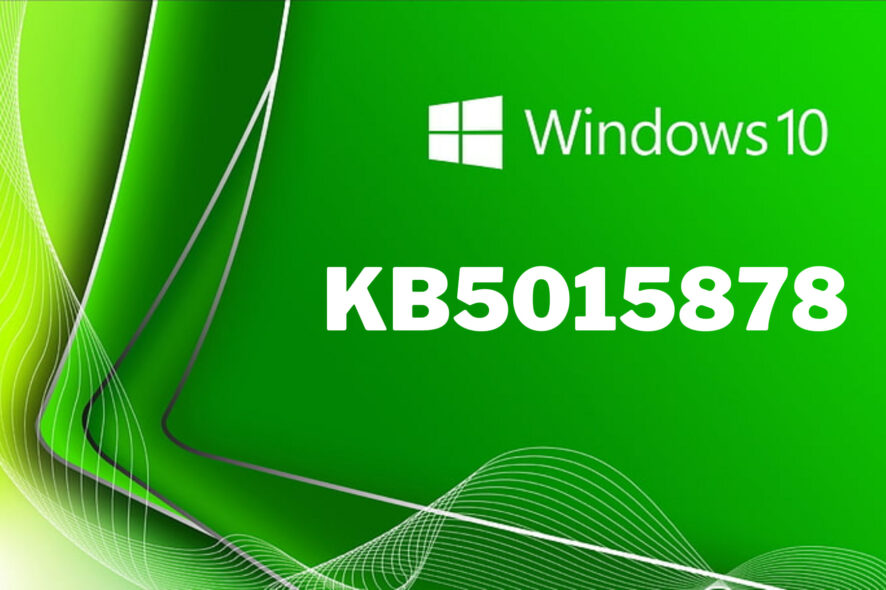
We’ve recently been talking about a lot of Microsoft-designed updates for their plethora of products, but about Windows 10 and Windows 11 in particular.
If we’re talking about Windows 11, we can remind you of KB5015882, Preview Build 25163, or KB5015888, which have all been released recently to the Dev, Beta, and Stable channels of the OS.
Circling back to Windows 10, the last build we presented to you was the most recent Release Preview Channel rollout, in the form of Build 19044.1862.
It’s time to leave all that in the past now, as Microsoft just released a brand new cumulative update for Windows 10, one that comes with some much-needed fixes.
Let’s take a deeper dive and see exactly what Redmond developers managed to fix and break at the same time through this latest patch.
What’s new in KB5015878?
We’re talking about KB5015878, which first of all gives you the option to receive important notifications when focus assist is on.
You might already know what Focus Assist is, and if not we’ll just tell you. It works like a do not disturb mode that hides notifications.
Furthermore, this update restores functionality for Windows Autopilot deployment scenarios that are affected by the security mitigation for hardware reuse.
KB5015878 removes the one-time use restriction for self-deploying mode (SDM) and pre-provisioning (PP) and also re-enables any User Principal Name (UPN) display in user-driven mode (UDM) deployments for approved manufacturers.
- Addresses an issue that causes certain docking stations to lose internet connectivity when waking from Sleep mode.
- Adds functionality that improves the OS upgrade experience.
- Addresses an issue that might cause consecutive video clip playback to fail in games that use DX12.
- Addresses an issue that affects certain games that use the XAudio API to play sound effects.
- Addresses an issue that affects the height of the Search box when you use multiple monitors that have different resolutions.
- Addresses an issue that prevents certain troubleshooting tools from opening.
- Reduces the overhead of resource contention in high input/output operations per second (IOPS) scenarios that have many threads contending on a single file.
- Improves the reliability of a push-button reset after an OS upgrade.
- Addresses an issue that makes the tenant restrictions event logging channel inaccessible if you remove the EN-US language pack.
- Addresses an issue that prevents certain troubleshooting tools from opening.
- Updates the Remove-Item cmdlet to properly interact with Microsoft OneDrive folders.
- Addresses an issue that causes certain docking stations to lose internet connectivity when waking from Sleep mode.
- Adds functionality that caches additional audio endpoint information to improve the OS upgrade experience.
- Addresses an issue that might cause consecutive video clip playback to fail in games that use DX12.
- Addresses an issue that affects certain games that use the XAudio API to play sound effects.
- Addresses an issue that causes port mapping conflicts for containers.
- Addresses an issue that causes Code Integrity to continue trusting a file after the file has been modified.
- Addresses an issue that might cause Windows to stop working when you enable Windows Defender Application Control with the Intelligent Security Graph feature turned on.
- Addresses an issue that affects the height of the Search box when you use multiple monitors that have different resolutions as measured dots per inch (DPI).
- Addresses an issue that prevents the Storage Migration Service (SMS) from completing inventory on servers that have many shares. The system logs error event 2509 in Microsoft-Windows-StorageMigrationService/Admin channel (ErrorId=-2146233088/ErrorMessage=”Invalid table id”).
- Addresses an issue that causes the Windows profile service to fail sporadically. The failure might occur when signing in. The error message is, “gpsvc service failed to sign in. Access denied”.
Known issues
- Devices with Windows installations created from custom offline media or custom ISO image might have Microsoft Edge Legacy removed by this update, but not automatically replaced by the new Microsoft Edge. This issue is only encountered when custom offline media or ISO images are created by slipstreaming this update into the image without having first installed the standalone servicing stack update (SSU) released March 29, 2021 or later.
- After installing the June 21, 2021 (KB5003690) update, some devices cannot install new updates, such as the July 6, 2021 (KB5004945) or later updates. You will receive the error message, PSFX_E_MATCHING_BINARY_MISSING.
- After installing this update, IE mode tabs in Microsoft Edge might stop responding when a site displays a modal dialog box. A modal dialog box is a form or dialog box that requires the user to respond before continuing or interacting with other portions of the webpage or app.
- Microsoft has received reports of issues affecting some printing devices following installation of this update. Symptoms observed may include duplicate copies of printers installed on a device (commonly with a similar name and the suffix “Copy1”), and applications which refer to the printer by a specific name cannot print. Normal printer usage might be interrupted, resulting in failure of printing operations.
As you can see, Microsoft manages to break a lot of stuff while fixing other problems, but that’s no longer news to anyone.
By far, the biggest achievement of this update is the fix of the dreaded DX12 problem, for which gamers will surely be most thankful for.
If you are looking to get this update, you can obtain it through the Microsoft Update Catalog and install it directly on your PC.
That is if you haven’t already received the option to install it via the Windows Update tool on your device, which is less likely.
We’re going to keep an eye out for future updates as well and present them to you as soon as the Redmond tech giant puts them put.
Remember to only download Windows updates directly from Microsoft and not from other sources, as that might lead to your system becoming compromised.
Have you found any other issues after installing KB5015878 on your device? Share your experience with us in the comments section below.
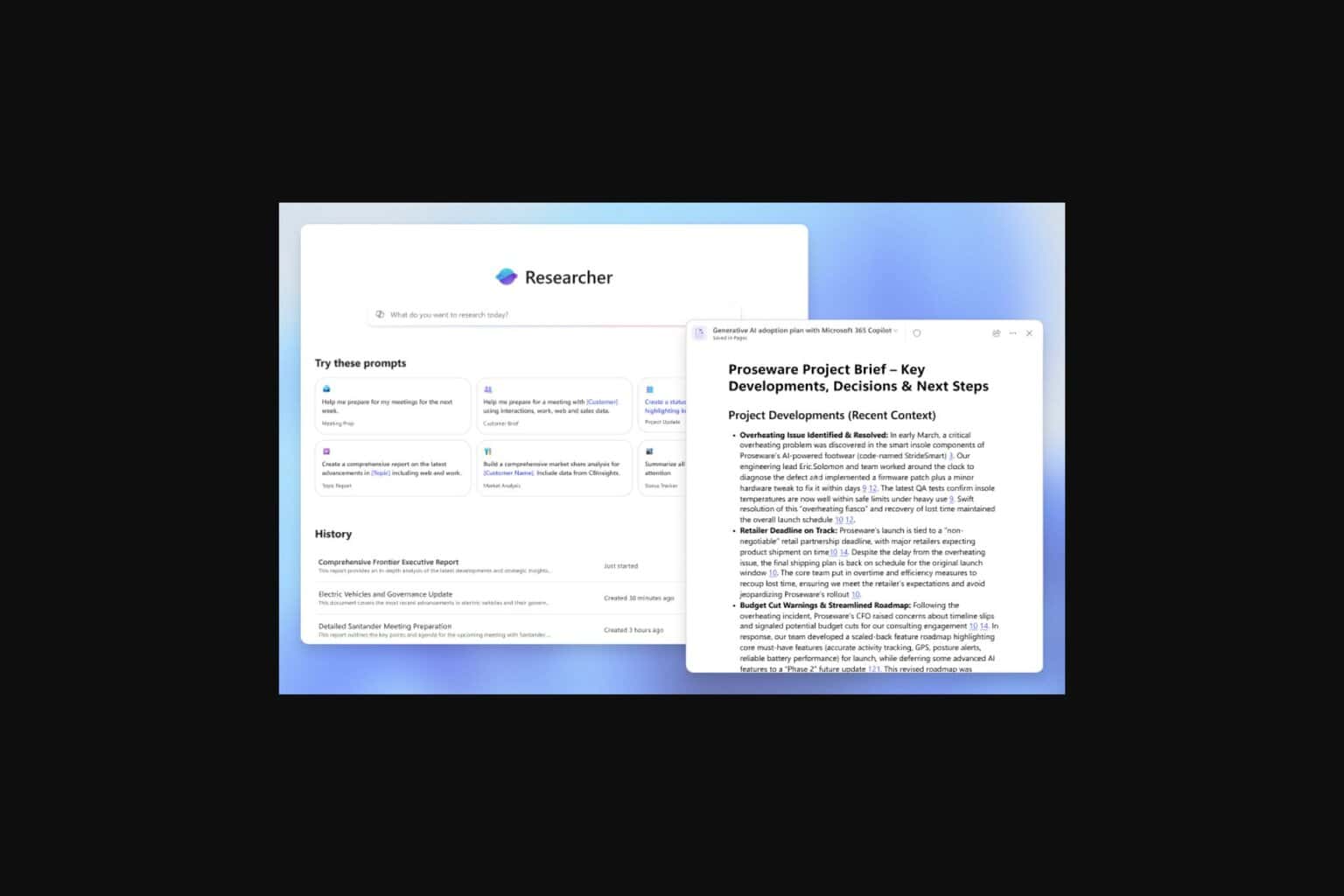
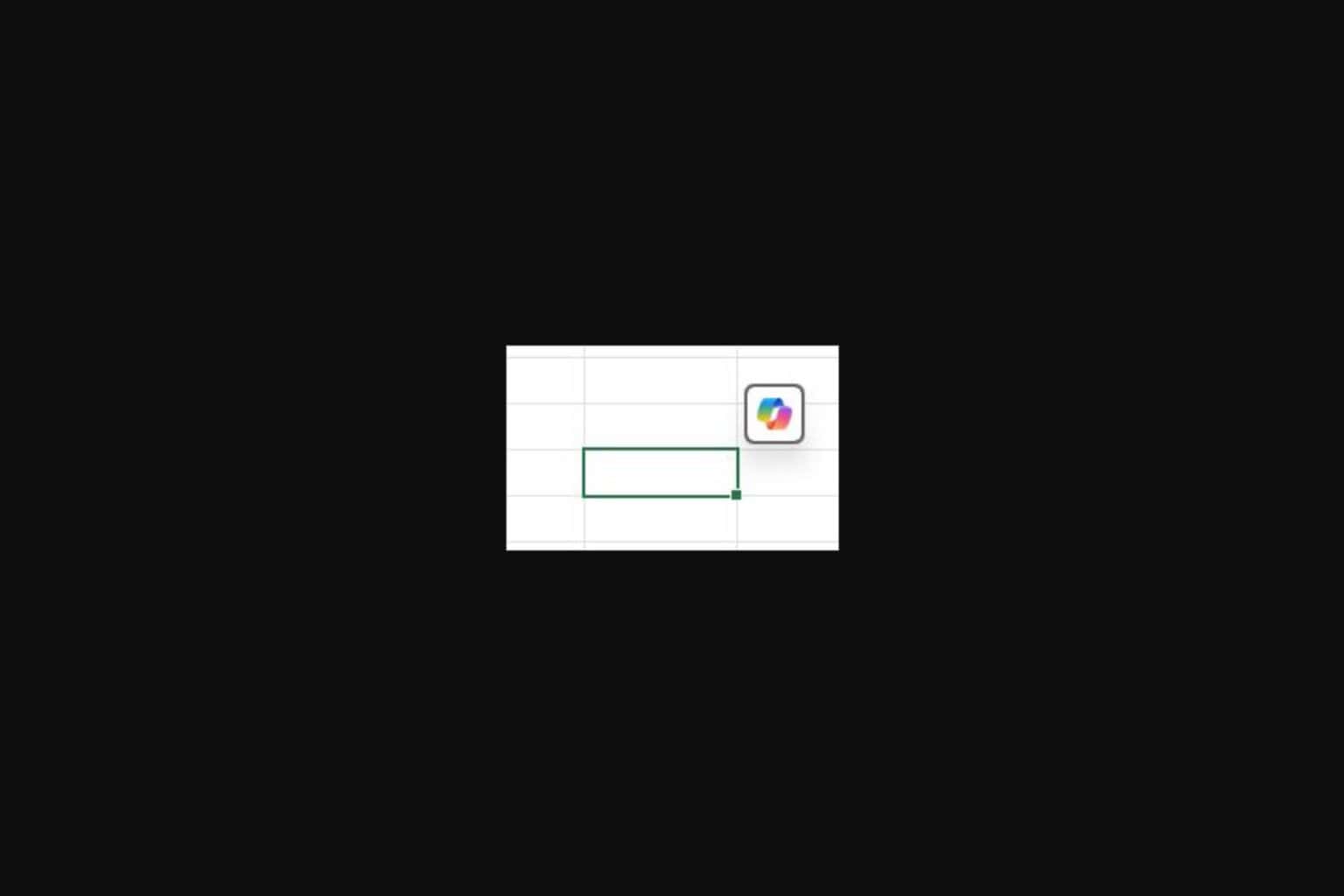
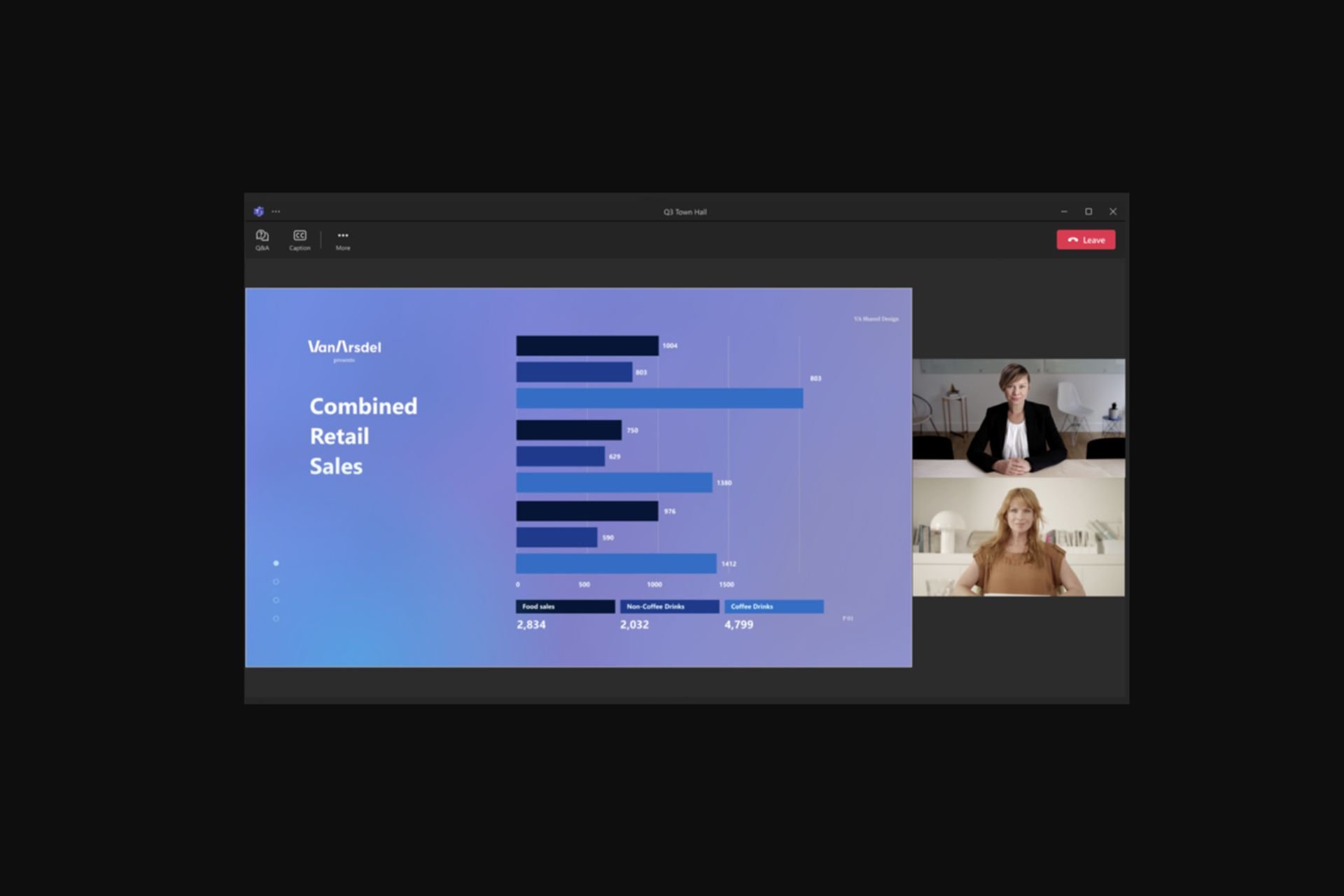
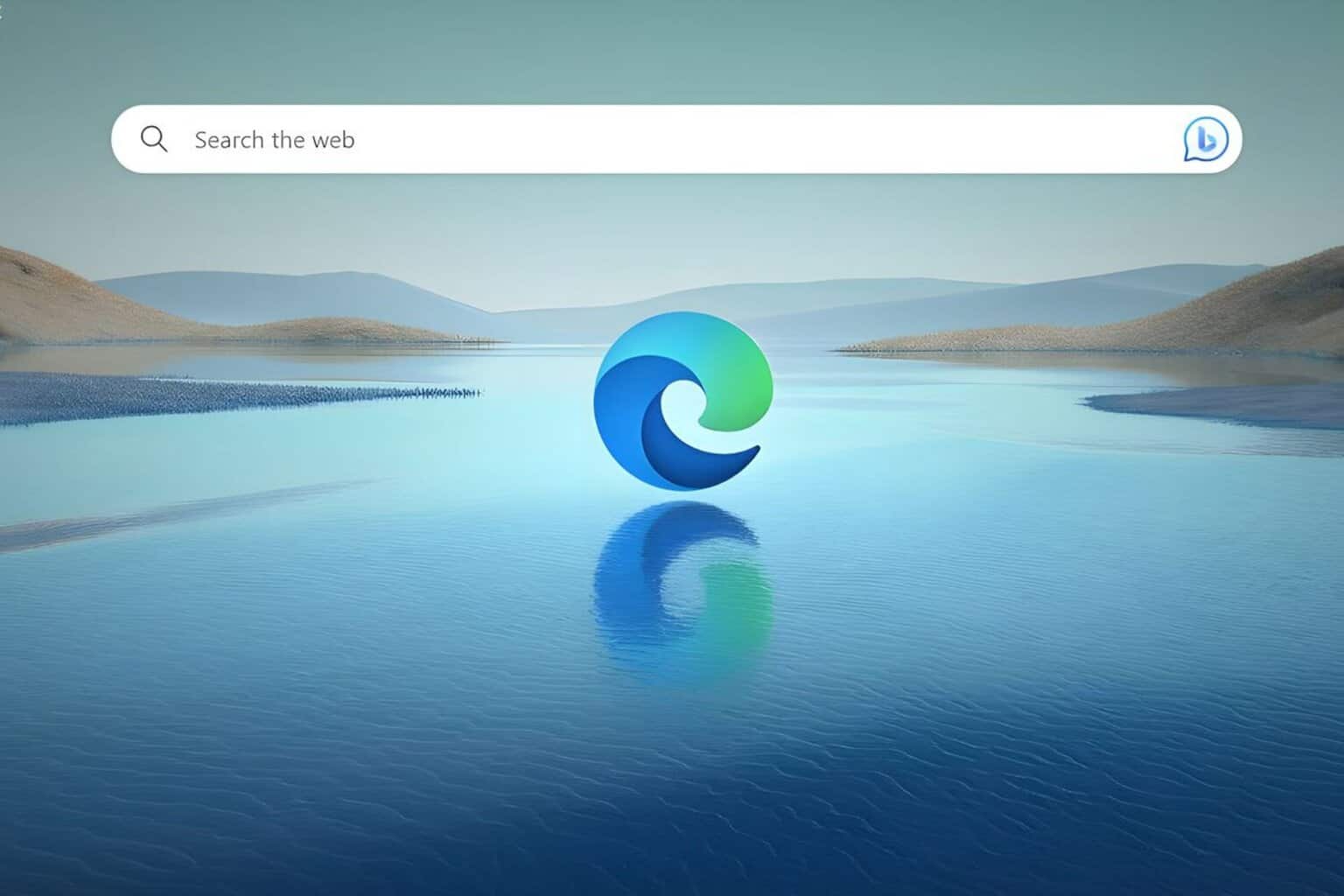

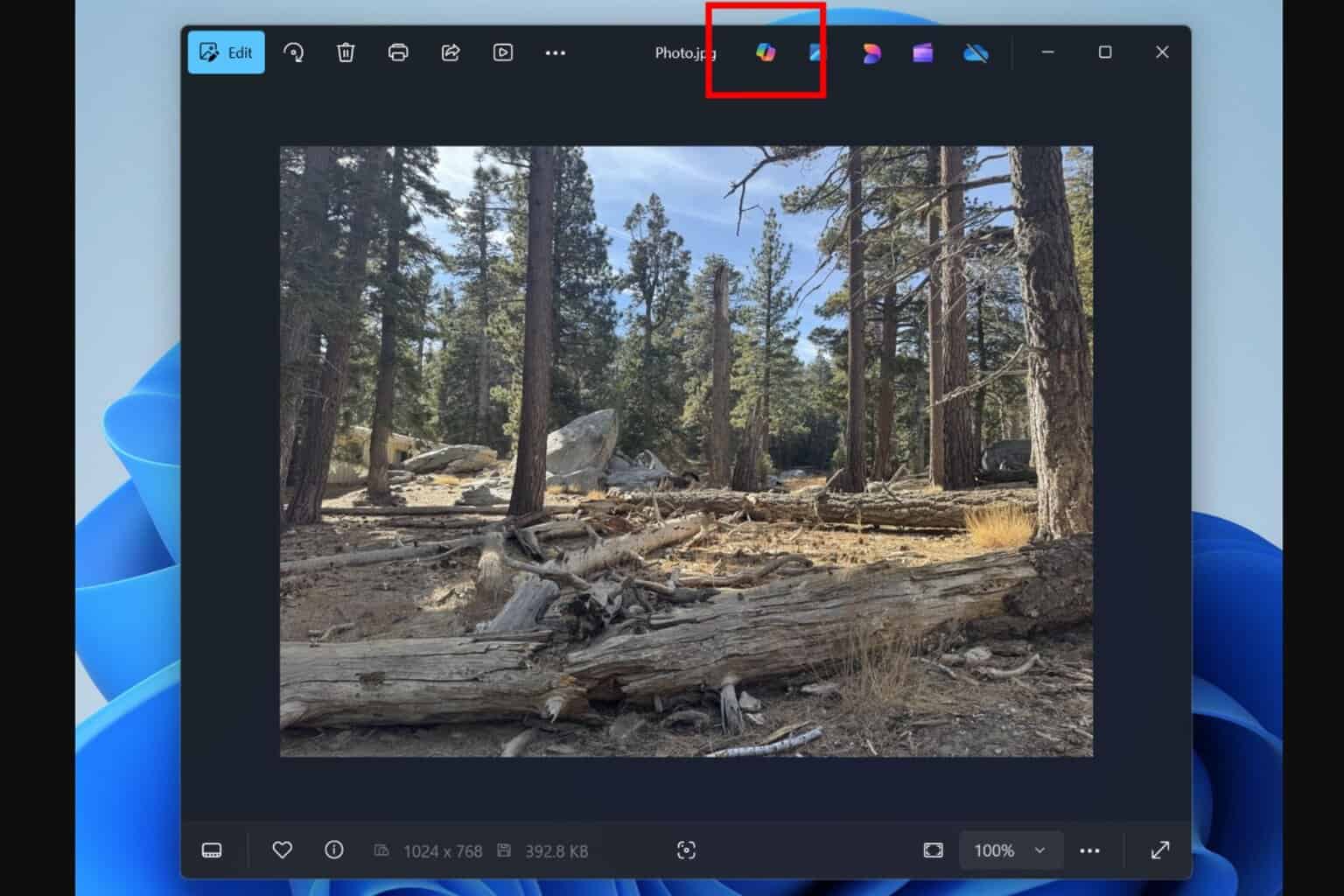


User forum
0 messages